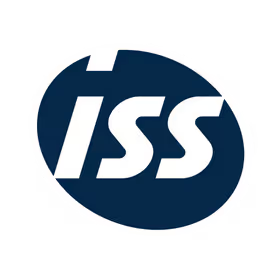Introduction to the CSDDD
The European Union proposed the Corporate Sustainability Due Diligence Directive on February 23, 2022. The legislation mandates large companies to integrate human rights and environmental considerations into their operations.
The CSDDD targets companies with substantial revenue and international supply chains, ensuring they assess and address adverse impacts. The directive aims to create a level playing field for businesses, enhance transparency, promote risk management, and bolster consumer and investor trust.
This hard law signifies a pivotal shift towards integrating sustainability deeply in corporate governance, setting a precedent for future regulations, and affirming the EU’s commitment to leading global sustainability efforts.
Key milestones in the evolution of the law:
• March 10, 2021: The European Parliament passed a resolution calling for the creation of the CSDDD to enhance corporate accountability on sustainability.
• February 23, 2022: The European Commission proposed the CSDDD, initiating its legislative process.
• 2023-2024: The directive was refined and amended through negotiations among EU institutions.
• March 15, 2024: The EU Council endorsed the CSDDD, overcoming previous challenges and delays.
• May 24, 2024: Formal approval by the European Council, marking the final legislative approval.
• Published in Official Journal 2024: The directive enters into force 36 months after publication in the EU Official Journal, with a two-year transposition period for member states 2026.
• 2027: Entry into force, batch 1. 2028 batch 2, 2029 batch 3.



















